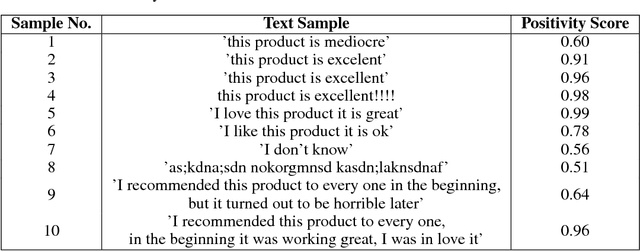Dimitrios Kalatzis
Image-based Natural Language Understanding Using 2D Convolutional Neural Networks
Nov 06, 2018



Abstract:We propose a new approach to natural language understanding in which we consider the input text as an image and apply 2D Convolutional Neural Networks to learn the local and global semantics of the sentences from the variations ofthe visual patterns of words. Our approach demonstrates that it is possible to get semantically meaningful features from images with text without using optical character recognition and sequential processing pipelines, techniques that traditional Natural Language Understanding algorithms require. To validate our approach, we present results for two applications: text classification and dialog modeling. Using a 2D Convolutional Neural Network, we were able to outperform the state-of-art accuracy results of non-Latin alphabet-based text classification and achieved promising results for eight text classification datasets. Furthermore, our approach outperformed the memory networks when using out of vocabulary entities fromtask 4 of the bAbI dialog dataset.
Bootstrapping incremental dialogue systems: using linguistic knowledge to learn from minimal data
Dec 01, 2016

Abstract:We present a method for inducing new dialogue systems from very small amounts of unannotated dialogue data, showing how word-level exploration using Reinforcement Learning (RL), combined with an incremental and semantic grammar - Dynamic Syntax (DS) - allows systems to discover, generate, and understand many new dialogue variants. The method avoids the use of expensive and time-consuming dialogue act annotations, and supports more natural (incremental) dialogues than turn-based systems. Here, language generation and dialogue management are treated as a joint decision/optimisation problem, and the MDP model for RL is constructed automatically. With an implemented system, we show that this method enables a wide range of dialogue variations to be automatically captured, even when the system is trained from only a single dialogue. The variants include question-answer pairs, over- and under-answering, self- and other-corrections, clarification interaction, split-utterances, and ellipsis. This generalisation property results from the structural knowledge and constraints present within the DS grammar, and highlights some limitations of recent systems built using machine learning techniques only.
 Add to Chrome
Add to Chrome Add to Firefox
Add to Firefox Add to Edge
Add to Edge